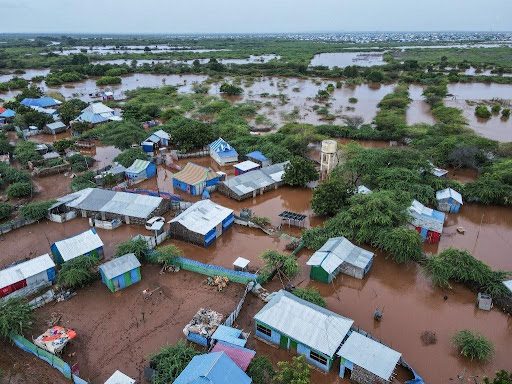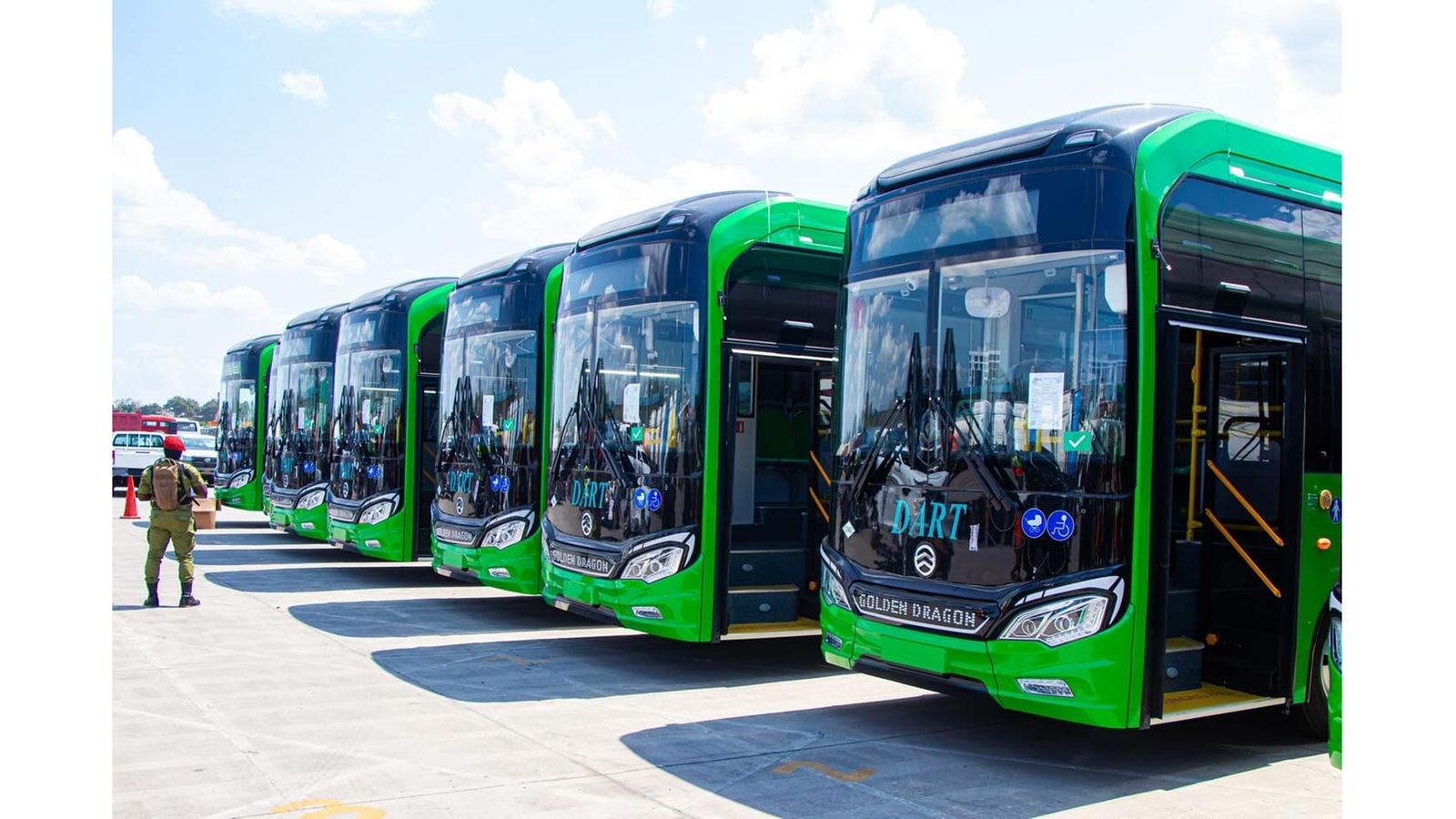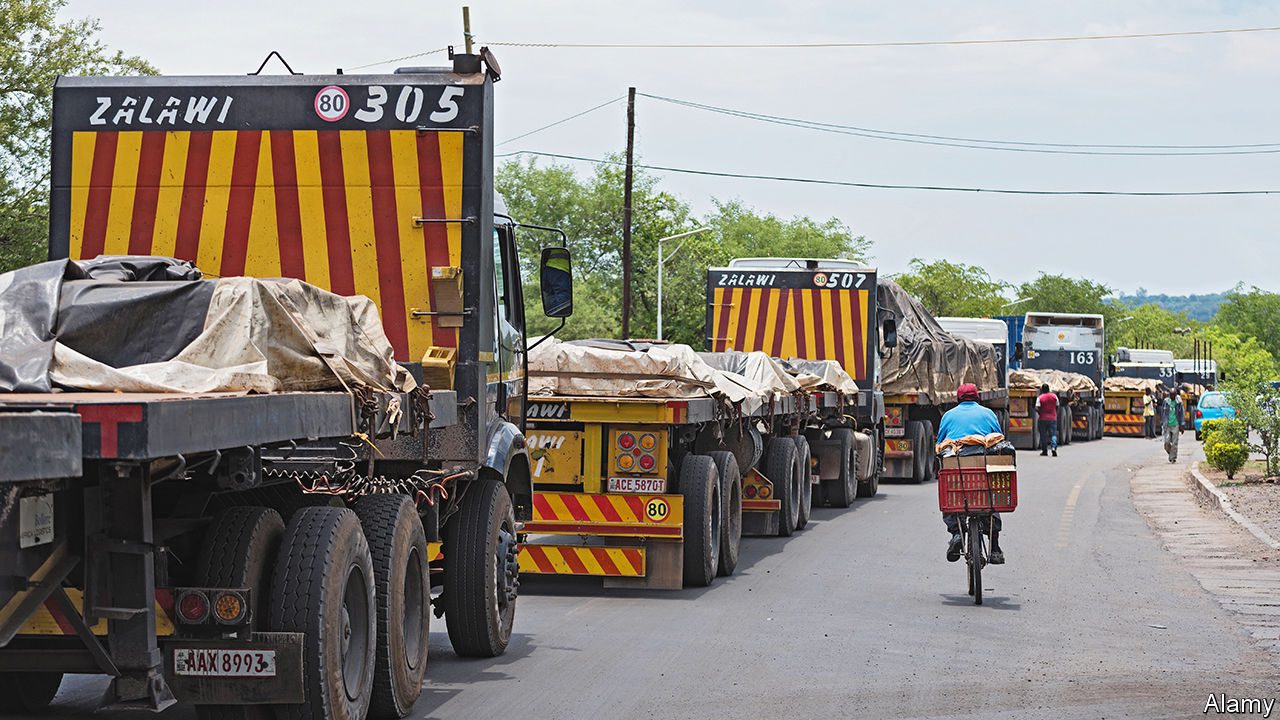

Ports are the arteries of global commerce, moving goods across oceans to feed the demands of industries and households alike. In the heart of Southeast Asia, Singapore’s port operates with a precision that’s almost surgical, its digital systems orchestrating the flow of over 37 million TEUs annually. Across the continent, Rotterdam’s sprawling docks offer a different story—one of European pragmatism paired with a vision for green innovation, where hydrogen-powered cranes and shore-to-ship energy systems lead the charge toward sustainability. These ports, vital nodes in a network that props up the global economy, stand as modern marvels of logistics and engineering.
It’s not just their scale but their speed that leaves an impression. Mega ports like these process thousands of containers each hour, their efficiency rippling through supply chains and influencing everything from the price of electronics to the availability of fresh produce. Even a brief delay can send shockwaves through markets. Singapore, perched at the nexus of East and West, exemplifies the power of positioning, its maritime prowess boosted by seamless connections to inland trade routes. Rotterdam, on the other hand, is a study in reinvention—a traditional hub embracing future-forward technologies to remain relevant.
But the horizon isn’t without storms. The rise of e-commerce has added unprecedented pressure, filling ports to capacity and testing their limits. Environmental concerns loom large as well, with maritime hubs scrambling to balance their carbon-heavy operations against the need for cleaner, greener solutions. Efforts to transform these behemoths into “smart ports” are underway, using IoT devices and AI to optimize everything from cargo monitoring to ship docking. Yet the question remains—can these advances keep pace with the demands of a hyper-connected, consumption-driven world?
Meanwhile, shifts in the global trade map are ushering in new contenders. Africa’s ports, such as Mombasa and Dar es Salaam, are gaining ground with infrastructure upgrades and regional agreements that promise to turn them into serious players. China’s Belt and Road Initiative is rewriting trade corridors, offering both opportunities and challenges for the established giants. The rise of e-commerce is reshaping maritime logistics, requiring faster turnaround times and more containerization than ever before.
These ports are more than transit points for goods; they are the pulse of economies, the stage where globalization plays out in real time. Their evolution will determine not just the future of trade but the broader trajectory of economic growth. To understand the rhythm of the modern world, one need only look at its ports—and the stories they tell of resilience, adaptation, and the unyielding drive for progress.


